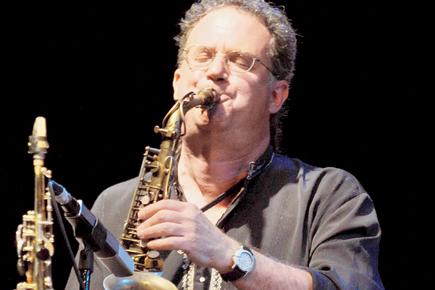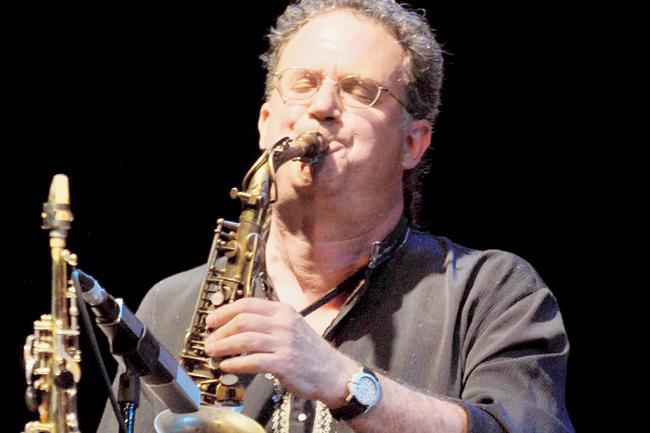Master saxophonist George Brooks is back in Mumbai for another musical act; this time, with young santoor player Rahul Sharma as part of Milan festival. The American artiste shares notes with Hassan M Kamal

Q. Many musicians can be touchy about their musical instruments; is it the same with you and your saxophone?
A. I guess I am. Don’t try to carry it for me, and don’t dare make me check it in as baggage on an airplane.
Q. Why is the saxophone so special?
A. I picked it up as a kid, and never looked back. There is something about the saxophone that enables a good player to develop a distinctly personal and recognisable sound. I love that my instrument is connected to my breath. It enables my riyaz (practice) to be a healing form of meditation.
ADVERTISEMENT

Q. The saxophone is getting exotic, with changing musical tastes and interest in electronic sounds. What is the future of the instrument?
A. Electronic sounds dominate Pop music today — but the power and beauty of acoustic music will shine through, always. It may become increasingly challenging for saxophonists to make a living playing their craft — but I imagine the pendulum will swing again towards live, acoustic, great music.
Q. A fusion of Indian and Western sounds always catches the attention of the listeners across the globe. What makes Fusion special?
A. What makes “Fusion” (and I am always cautious about using that term) special is that the audience gets to experience a live, real time exploration of new musical territory. This creates an air of excitement — the listeners know that they are part of something evolutionary.
Q. You have worked with Indian musicians like Prasanna, Ustad Zakir Hussain, Ronu Mazumdar and Pandit Hariprasad Chaurasia. Who among them has influenced you the most?
A. All Indian artistes that I have worked with have provided me with insight and information. (Still now), while performing, rehearsing, or even just relaxing with them, I stay receptive and attentive and learn as much as I can. The most significant was my guru Pandit Pran Nath who introduced me to the Indian aesthetic, the essence of sur and the spiritual heart of raga.
Sitarist Krishna Bhatt, who I met in the early 1980s was another influence, and, (Ustad) Zakir Hussain who produced my first recordings and introduced me to the Indian audience. In the last decade or so, (Pandit) Hariprasad Chaurasia has probably had the greatest impact on my sound. I spend a lot of time studying his recordings, trying to understand how he can say so much with one note.
Q. What are your expectations from the concert with Rahul Sharma?
A. I have known Rahul and his father for years, but this will be our first performance together. Although our instruments come from different cultures, I know they will sound great together. There is a natural rapport between wind and string instruments.
 Subscribe today by clicking the link and stay updated with the latest news!" Click here!
Subscribe today by clicking the link and stay updated with the latest news!" Click here!







